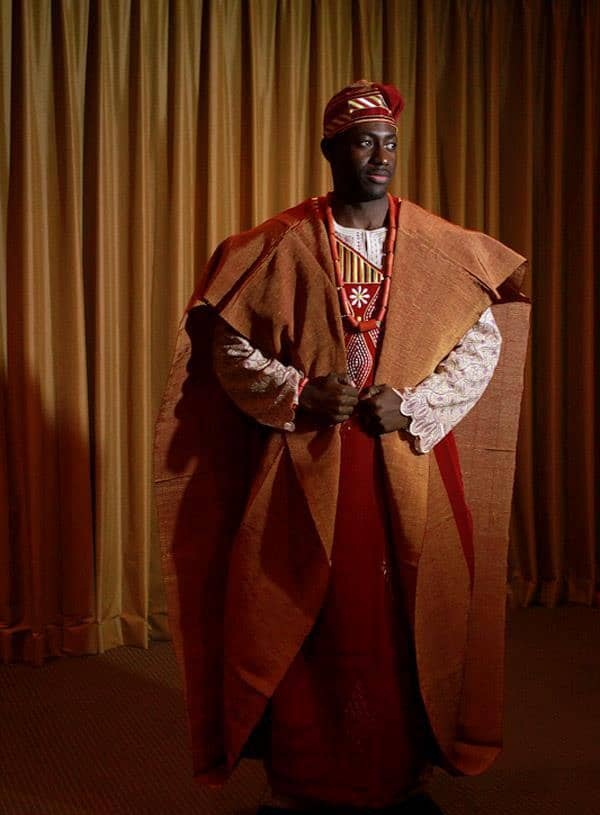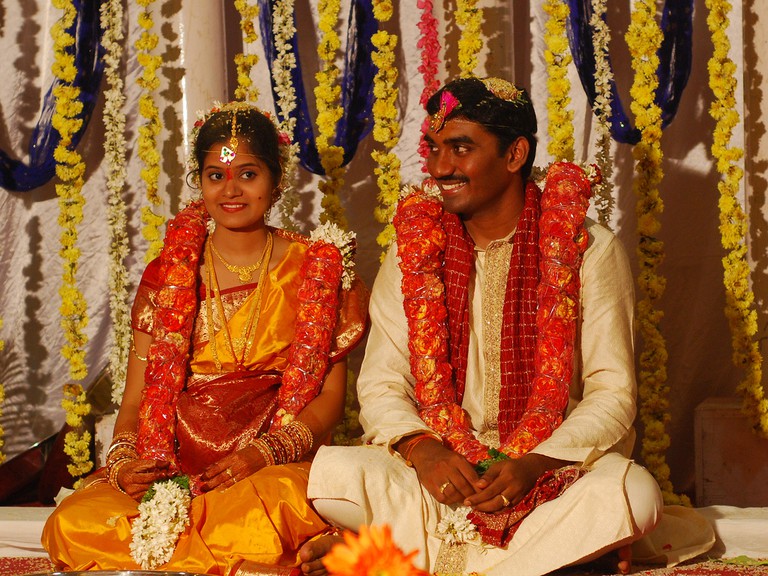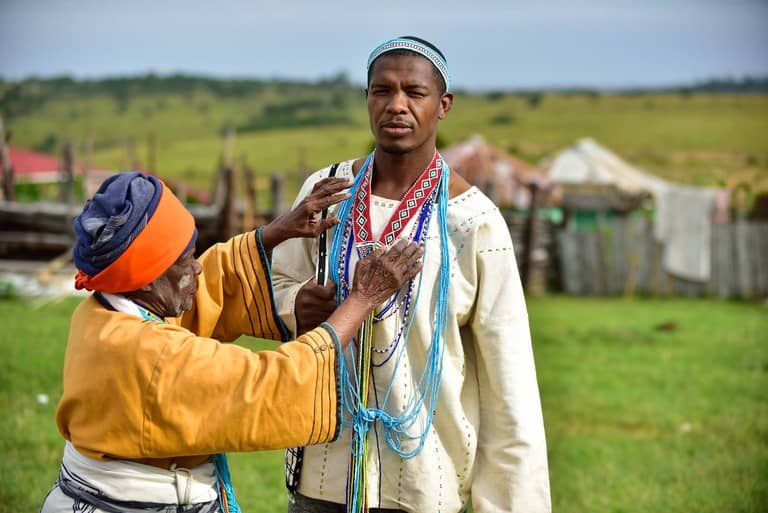
Cultural attires of top 3 African countries, according to GDP
By Chidinma Promise
Hello Fashionable, in Today’s article, we’re going to venture into the fashion aesthetics of top three African countries, according to their Gross Domestic Profit (GDP).
Surprisingly, Nigeria is the first on the list with a sum of 466.88 billion dollars (Nominal GDP) and 2,210.00 per capita GDP. Second on the list according to Gross Domestic Profit is Egypt with a sum of 374.89 billion dollars (Nominal GDP) and 3,610.00 per capita. Last on our list but third on Wikipedia is South Africa with a sum of 317.19 billion dollars (Nominal GDP) and 5,240.00 per capita. Now that that’s out of the way, let’s delve into the cultural fashion lifestyle of these top three African countries:
Nigeria: Popularly known for its ethnic diversity, Nigeria’s cultural fashion aesthetics can be described as colorful, flamboyant, print inclined, sometimes over the top and unique to various tribal group/ethnicity. This will cover the cultural fashion aesthetic of the three major Nigerian tribes;
Yoruba: This is an ethnicity in Nigeria, living mainly in the southwest of Nigeria. This tribe adorns itself with fabrics like Aso Oke, Ankara (which is largely becoming more of a generalized Nigerian cultural attire than it is restricted to an ethnicity), Iro and Buba which largely compromises on a large neck oversize top and usually a short wrapper tied around the waist by younger women and a longer wrapper for married women. The Men are largely adorned with Agbada; a large overall like garment, worn over a typically fitted custom made shirt/top and trouser. Ipele is also one of the tribe’s fashion highlights, it is a hard like fabric usually used to adorn a bride’s head, shoulder or tied around the waist and it is worn by other indigenes for special party occasions referred to as ‘OWAMBE.’ Adire, Aran, Buba… are also part of the tribe’s cultural attires.

Igbo: Modern Igbo Traditional attire is generally made up of the isiagu top which resembles the African dashiki but is made up of the head of a lion prints with dark background colors. It is worn with trouser, usually black and sometimes accompanied with a title holder’s hat. For the women. It is categorized into two; the typical archaic tied wrapper over the chest and short wrapper at the waist (for young and unmarried women) while the older women tie just one long wrapper to cover up their chest and bottom. In the modern Igbo tradition, the typical Igbo woman wear would have to be the white blouse with puffed sleeve along with two Hollandis wrapper. A head scarf and bead necklace with fitting earrings.


Hausa: The traditional dress for the Hausa’ consists of loose flowing gowns and trouser. The gowns have wide openings on both sides for ventilation. The trousers are loose at the top and center but rather tight around the ankle. Leather sandals and turbans are also very typical for the Hausa. The large flowing dress for men is called the Babanriga also known by various other names due to adaptation by many other groups neighbouring the Hausa; these large flowing gowns usually feature elaborate embroidery designs around the neck and chest area. Men also wear colorful embroidery caps known as hula, depending on their occupation and location: they may wear turban around this to veil the face, this is called the Alasho. The women are identified by wrappers called Zani, made with colourful cloth known as Ankara or Atampa (a descendant of the early designs from the famous tie-dye techniques.) Like other Muslims and specifically Sahelians within West Africa, Hausa women traditionally use Henna also known as lalie designs painted onto the hand instead of nail polish.


South Africa: This is one country that, similar to Nigeria, has tons of ethnic groups and to every ethnicity, its cultural wear. We are going to be considering just two ethnicities:
Venda: Vende girls traditionally wear a Shedo, a small apron which covers the public area. When girls develop breasts, they wear a Nwenda at the waist or around on shoulder, which is made from brightly colored stripped fabric. Beaded necklaces, bangles and headbands are also worn. Vende boys and men traditionally wore a loin cloth called a Tsindi. The Tsindi is a triangular piece of animal skin covering the front, passed between the legs and tied at the back. In colder weather, they also wear a cloak over their shoulders. Today Venda men often wear shirts made from Nwenda fabric paired with trousers.
Ndebele: This tribe is renowned for the intricate beadwork and brightly colored homes painted in striking geometric designs. The main element of Ndebele women’s wear is an apron. Girls wear Isiphephetu; a beaded apron given to them by their mothers and Isigolwani which are thick beaded hoops worn around their necks, arms, legs and waist. Married women wear longer aprons made of hardened skin that are lavishly decorated in geometric designs. They also wear Isiolwani and copper rings called Idzilla around the neck, ankles and arms. Girls and unmarried women do not traditionally cover their breasts. Ndebele men wear animal skin aprons and beaded breast plates or Iporiyana which hangs from the neck. The Iporiyana is a symbol of manhood and is given to a young man by his father after he has undergone initiation. Animal skin headbands and ankle bands are also worn along with a cape.
Egypt: Ancient Egyptian women mostly wore a simple sheath dress called a Kalasiris. Women’s clothing in ancient Egypt was more conservative than men’s clothing. The dresses were worn above or below the breasts. The length of the dress denoted the social class of the wearer. Beading or feathers were also used as an embellishment on the dress. Over the dress, women had the choice of wearing shawls, capes or robes. The shawl was a piece of fine linen cloth around 4 feet wide by 13 or 14 feet long. This was mostly worn pleated as well. From about 2130BC, during the old kingdom, clothing garments were simple. The men wore wrap around skirts and eventually, a light tunic or blouse with sleeves, as well as pleated petticoat. Egyptian clothing was generally made for comfort; to keep cool in the desert.
